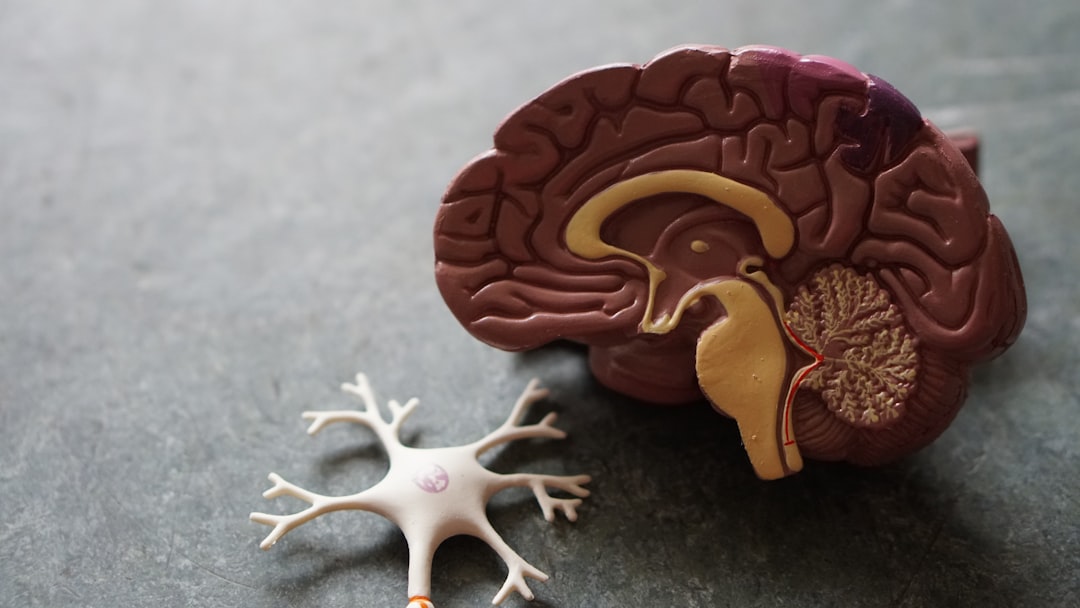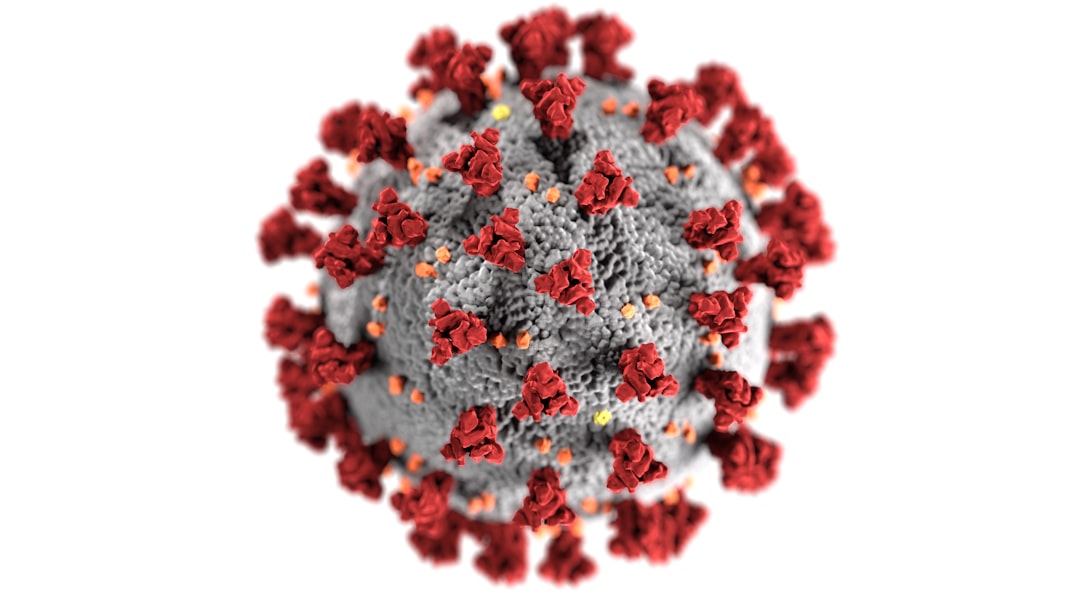What is it about?
Cystic kidney diseases comprise a heterogeneous group of inherited kidney disorders, where renal cysts constitute a major element of their pleiotropic clinical phenotypes. Only few studies looked into the spectrum of pediatric cystic kidney diseases in general (not only polycystic kidney diseases). Therefore, the authors of this cross-sectional study decided to have a closer look into clinical phenotypic features of renal cystic disease patients presenting to our major referral center, over one year duration, and define the etiology based on: i) clinical characteristics; ii) renal imaging; and iii) histopathological findings to better categorize this subset of disorders. To the best of our knowledge this is the most comprehensive analysis of renal cystic disease reported from a regional single center. In brief: - 62.9% of study patients were born to consanguineous parents with strong family history of cystic kidney disease (25.7%) as well as sibling demise to same illness (15.2%). - Polyuria and polydipsia were the commonest presenting manifestation (60%), followed by ESRD (46.7%), and palpable kidneys (42.9%). - Extra-renal manifestations were reported in (42.9%) of study patients (mainly neurological, dysmorphism and hepatic involvement). They were mainly in the context of well-defined syndromes, yet some were demonstrated in previously unreported constellations possibly representing newly described syndromes. - The vast ultrasonographic imaging spectrum ranged from single unilateral small cyst to innumerable multiple variable sized kidney cysts. - Inherited renal cystic diseases comprised the majority of childhood cystic kidney disorders (65.7%) mainly nephronophthisis and related ciliopathies (36.2%), followed by polycystic kidney diseases (29.5%). This might be peculiar to the region given the striking higher consanguinity. - Ultrasound scan is a useful screening and initial diagnostic tool with a possible role for additional imaging modalities in complex cases; and shrinking role for renal biopsy. - Moreover, in the current study, we propose a modified algorithm, based on both clinical and ultrasonographic criteria, which is particularly helpful to pediatricians and nephrologists to guide proper characterization of cystic kidney diseases. - Ongoing molecular characterization is expected to unravel further pathogenetic mechanisms and enhance our knowledge into this rapidly growing area of ciliopathy research, hopefully leading to innovative targeted therapeutics. Prof. Neveen A. Soliman Kasr Al Ainy School of Medicine Cairo University
Featured Image
Read the Original
This page is a summary of: Clinical and ultrasonographical characterization of childhood cystic kidney diseases in Egypt, Renal Failure, March 2014, Taylor & Francis,
DOI: 10.3109/0886022x.2014.883996.
You can read the full text:
Contributors
The following have contributed to this page










